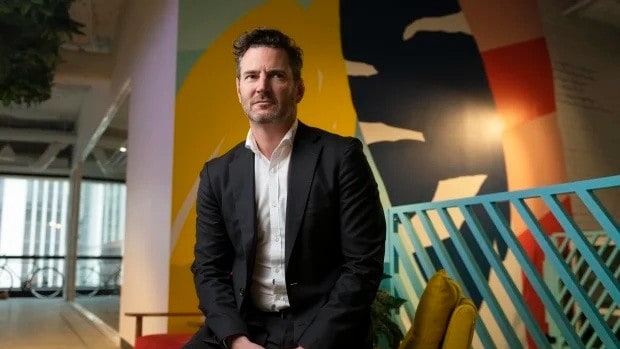I was recently given the opportunity to speak with a co-founder of Zip Co Ltd (ASX: ZIP) to get a better understanding of how the company is operating in the current economic environment and how it is progressing with its profit goals.
In the first part of this interview, we're going to focus on its performance in the face of higher interest rates and the cost of living crisis.
The impact of higher interest rates
There has been some scepticism around the buy now, pay later (BNPL) business model's ability to thrive in a world of higher interest rates.
However, Zip's co-founder and Global Chief Operating Officer, Peter Gray, disagrees and highlights the resilience of his company's business model. He told The Motley Fool Australia:
Our business model is resilient and stands up well no matter what the external environment. In times of rising interest rates and increasing cost pressures on consumers, our products become even more meaningful to customers by helping them manage their budget and maintain the lifestyle they choose.
This is also the case for merchants, with Gray noting that Zip's "products drive incremental sales through new customer acquisition, increased basket size and higher customer satisfaction".
In addition, the company's revenue model provides protection to its margins, which was evident in its recent half-year results. Zip's COO adds:
Zip has a unique two-sided revenue model, which sees us well-placed to protect margins. In the half, we lifted revenue margins and maintained our focus on credit losses, expanding NTM by 20 basis points to 2.5% — a great result, in a rising interest rate environment.
The cost of living crisis
With the cost of living crisis expected to weigh on consumer spending, I asked if there have been any notable changes in how customers are using Zip. The good news is that Zip has found these challenging times are making its service even more relevant.
And thanks to its expansion into everyday spending, it is well-placed to capture spending on essentials if discretionary spend softens. Gray explained:
In times of heightened inflation and cost of living pressures, our products are increasingly relevant to customers and merchants. Our products provide value to customers for both discretionary and everyday spending and we are well-placed should discretionary spend soften.
Zip's COO also revealed that there has been a recent shift in how consumers are spending through its service. And thankfully, it is positioned to benefit from this change. He adds:
We have noticed a shift in market share to the larger players in each vertical, and we expect this trend to continue as smaller businesses are challenged. We are well-placed for this trend with our partnerships with market leaders such as JB Hi-Fi and Bunnings, as well as other recent additions to our platform such as eBay AU, Qantas, Jetstar and Uber.
All in all, things are looking a lot better for the company than the Zip share price performance would appear to indicate. It may be for this reason that Shaw and Partners recently reaffirmed its buy rating with a $2.02 price target.
Currently, Zip shares are going for 49 cents apiece.
Check back tomorrow for part two of our interview with Zip co-founder and Global COO Peter Gray.








